American watch brands don’t necessarily follow one formula. They range from long-established legacy names to newer microbrands, each bringing something different to the table. Some assemble their watches entirely in the U.S., while others design stateside and manufacture globally. But after nearly a decade of hands-on reviews, we’ve learned that what matters more than the label is whether the final product delivers real value, reliable performance, and a clear design point of view.
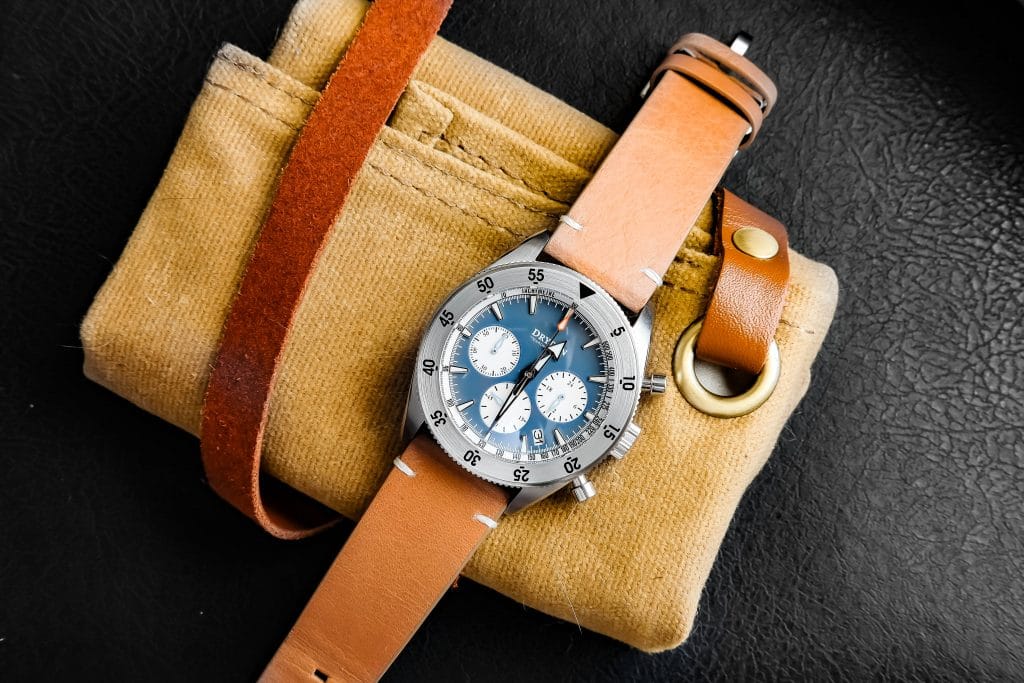
This list is based on brands we’ve personally reviewed and watches we’ve worn, tested, and measured over time. These aren’t novelty brands or generic imports with patriotic packaging. They’re brands that stand up to scrutiny and represent the best of what American watch brands can offer today, whether you’re after durability, style, or everyday versatility. We’re always reviewing more brands so if there is someone you think is missing from the list, please let us know in the comments and we’ll see if we can review them.
Timex
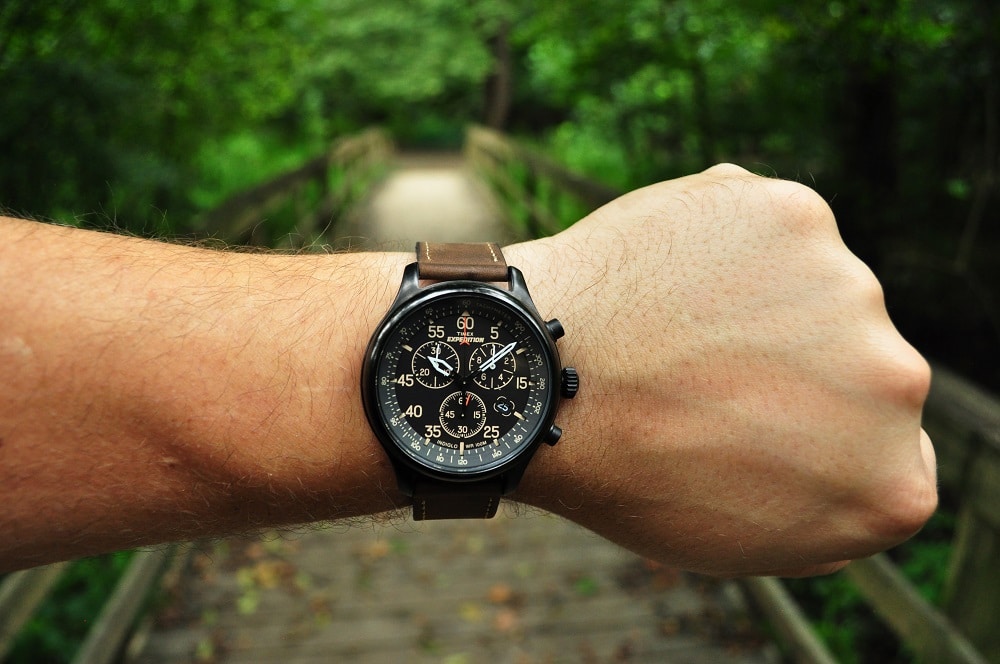
Timex is a foundational name in American watchmaking with it’s rooting dating back to 1854 in Waterbury, CT. Known for practical, reliable timepieces, Timex built its name on accessible quality, and after nearly a decade of reviewing their watches hands-on, our team can confirm that standard still holds. We’ve found that most models fall between 38–42mm with short lug-to-lug spans, making them wearable across many wrist sizes. Water resistance typically ranges from 30 to 100 meters, suitable for everyday exposure but not necessarily for full submersion. Our review team has always had a soft spot for Timex because the brand doesn’t try to capitalize on trends or inflated pricing. They focus on solid craftsmanship, timeless design, and dependable performance. Their Indiglo backlight is a standout feature that we’ve always enjoyed in our review, it remains one of the most functional and evenly lit backlights in its class.
That said, Timex watches do come with trade-offs. Many models use chrome-plated brass cases, which can convincingly mimic the look of stainless steel but feel lighter in hand and may wear faster with age if you’re prone to getting dings on your watch. Compared to Casio’s resin-heavy digital offerings, Timex quartz watches lean more into traditional design language and analog presentation, though they can’t match Casio’s feature sets at the same price point. Against the Seiko 5 series, Timex wins on convenience (no winding, no setting, and less weight on the wrist) but gives up the mechanical appeal and long-term durability of an automatic. Timex might not be reinventing the wheel, but they continue to make watches that are straightforward, affordable, and genuinely enjoyable to wear, and that’s more than enough for us.
You can read more about our experience with Timex watches in our full reviews of the Weekender, Expedition Chronograph, and Expedition T5K463.
Pros:
- Timeless design with durable materials and reliable movements
- Indiglo backlight for enhanced visibility in low-light situations
- Affordable prices without sacrificing functionality
- Enduring legacy in American watchmaking
- Versatile designs, from field watches to casual and dress pieces
Cons:
- Primarily quartz movements, which may not appeal to mechanical enthusiasts
- Many models use brass plated cases, which aren’t as durable as stainless steel
- Some models have minor issues with second-hand alignment.
- Designs can appear conservative compared to those of more modern, experimental brands.
Nodus
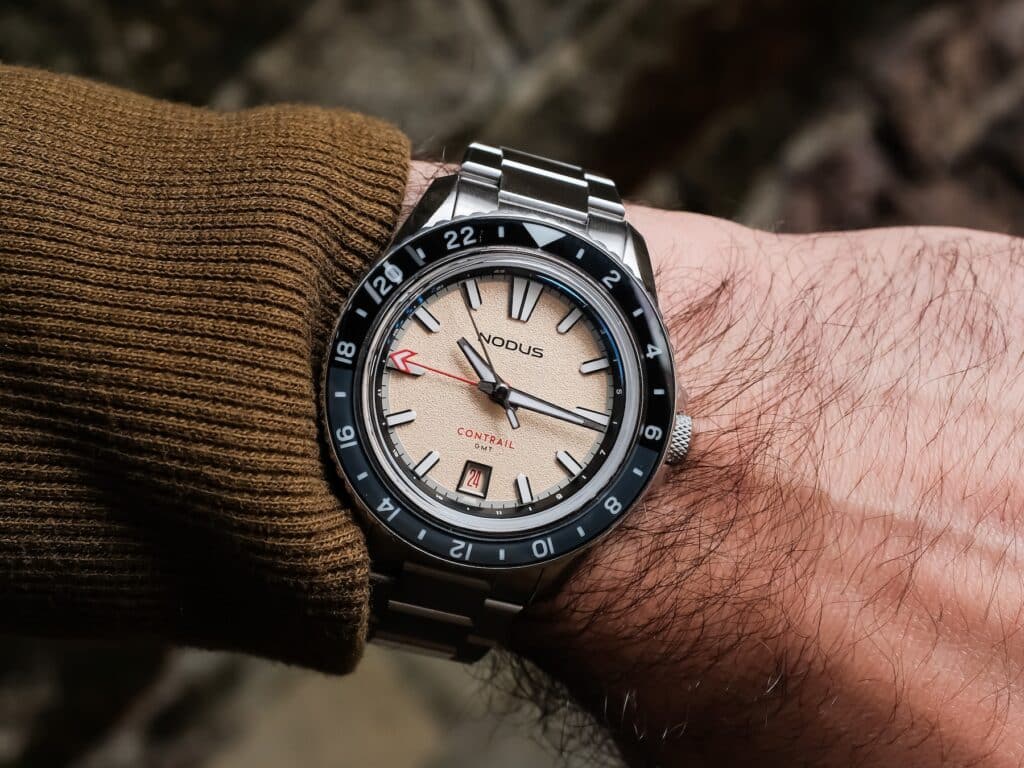
Since launching in 2017, Los Angeles, California-based Nodus has steadily built a reputation for producing affordable, well-built watches that blend vintage cues with modern practicality. While many microbrands lean into minimalism, Nodus favors bold, clearly defined aesthetics that feel uniquely their own, something we’ve confirmed repeatedly through in-depth reviews of models like the Raven TrailTrekker, Contrail GMT, and Sector Deep. Each model feel incredibly distinct but still executed in Nodus’ unique design ethos, reflecting thoughtful case finishing, balanced proportions, and clean dial execution. You’ll find that most models fall in the 38–42mm range, with water resistance typically rated between 200 and 500 meters, depending on the design. The watches are assembled in their Los Angeles workshop using high-quality imported components, including reliable Seiko automatic movements. One standout feature that our review team has always appreciated is the NodeX clasp module, which offers five points of micro-adjustment. We tested the functionality during daily wear and found it intuitive and genuinely useful (no tools, no hassle).
Compared to brands like Traska or Halios, Nodus places a stronger emphasis on modular adjustability, case architecture, and approachable but unique designs, while delivering comparable build quality at a similar price point. That said, there are some minor trade-offs. Bracelet tolerances have improved over time, but we’ve found some clasps still feel slightly bulky on smaller wrists. Even so, the brand continues to deliver consistent value with solid specs, wearable dimensions, and a hands-on assembly process that reflects care and refinement. Based on our time testing their watches, it’s clear they’ve built something sustainable and not just another microbrand flavor of the week moment, but a lasting presence with strong momentum.
Pros:
- Well-designed watches worth the money with a distinct visual identity
- High-quality materials, including Seiko automatic movements
- Practical design features like the NodeX bracelet adjustment module
- Assembled in the US with attention to craftsmanship
Cons:
- Limited availability as a smaller microbrand
- Some bracelet clasps can feel bulky on smaller wrists
- The design style may not appeal to those seeking more traditional or minimalist looks and conservative tastes.
Hamilton
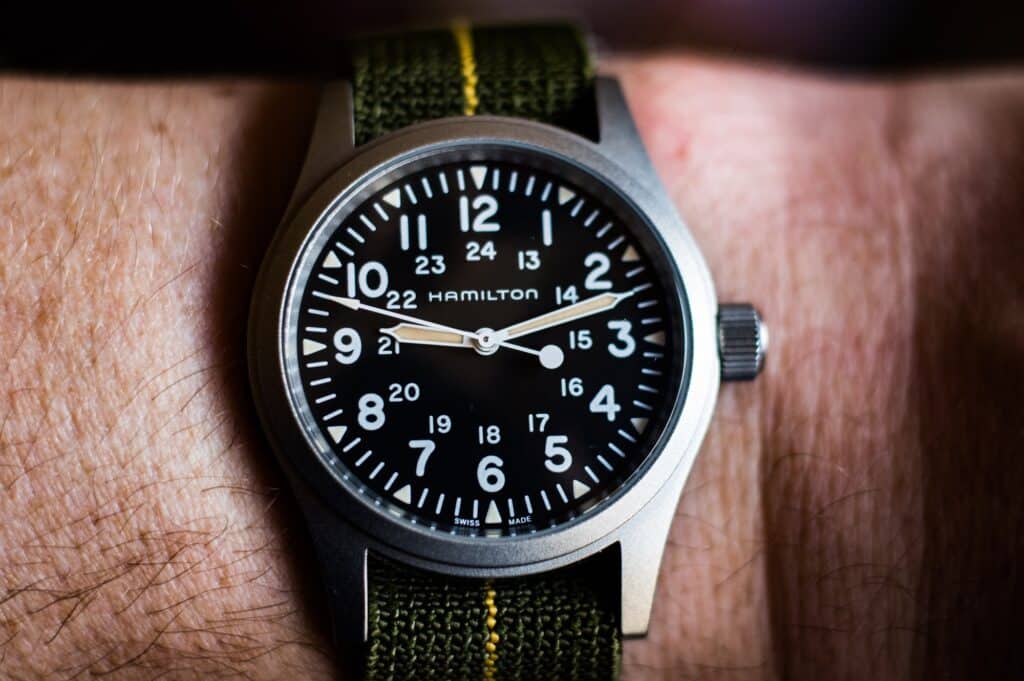
Hamilton has been a staple in American watchmaking since 1892. While it now operates under Swiss ownership via the Swatch Group, its legacy remains firmly rooted in American history, particularly through its early roles serving the U.S. military and railroad industries. That utilitarian heritage carries through today in the Khaki collection, known for its rugged military and aviation-inspired designs. We’ve worn several models from the line but the Hamilton Khaki Field Mechanical is the purest expression of what the Khaki collection stands for. The watch reflects a clear design purpose, often featuring a matte dial, bold Arabic numerals, and straightforward case geometry that emphasizes function over flair. The size fall around 38mm in diameter with a 47mm lug-to-lug and 20mm lug width, which we found incredibly wearable on a wide range of wrist sizes. Manual-wind versions are powered by Hamilton’s H-50 movement, which offers an extended 80-hour power reserve. In our time testing the watch, we noted that it kept steady time across wear periods, generally within +/-10 seconds per day. However, we have heard some stories of people experiences larger variances in accuracy.
From winding to on-wrist comfort, the Khaki Field Mechanical delivers a tactile, intentional experience that stays true to its military roots. It doesn’t try to be flashy, and that’s part of its appeal. While the lack of a date and the daily winding routine may deter those who prefer a grab-and-go watch, we found both traits fitting for its utilitarian purpose. Compared to entry-level field pieces like the Seiko SNK or Citizen’s Eco-Drive Chandler, this particular Hamilton stands out for its longer power reserve, hand-wound charm, and vintage-correct layout (though it comes at a slightly higher price). For buyers who value clarity, tradition, and everyday performance, Hamilton as a brand offers one of the most consistent and heritage-driven experiences in the segment. You can read more about personal experiences and insights with the Khaki Field Mechanical in our hands-on review.
Pros:
- American heritage with a touch of Swiss precision
- Rugged and military-inspired design that’s built to last
- Reliable movements with great power reserve for everyday use
Cons:
- Higher prices compared to other brands with similar designs and heritages
- Swiss ownership may be a drawback for buyers seeking a fully American-made product
- Some accuracy issues have been reported amongst users
Vaer

Founded in 2016 in Venice Beach, California, by Ryan Torres and Reagan Cook, Vaer began as a response to a gap in the market. The founders wanted a watch that could handle the outdoors but still look sharp in daily life without stretching their budget. The brand has quickly built a reputation for offering rugged, no-nonsense field and dive watches that look as good on your wrist as they perform in the wild. The Vaer Automatic we reviewed measured 40mm across, just under 48mm lug-to-lug, and 11mm thick, slim enough for daily wear, yet field-ready in feel. The brushing on the case and bracelet is clean and consistent, with no rough edges, and the taper helps the watch sit flat without hot spots during extended wear.
Our review team found the Vaer Automatic to be a prime example of the brand’s commitment to ruggedness and everyday wearability. During testing, timekeeping stayed close to +10 seconds per day, which is well within range for the Miyota 9015 automatic movement. The matte dial keeps legibility high in direct light, and while there are no raised markers, contrast remains sharp enough for at-a-glance reading. Across their model lineup you’ll also note that most models offer between 100 – 200 meters of water resistance, which, when we’re talking about field watches, is pretty rare. Compared to similar offerings from Boldr (another brand that leans harder into tool-watch durability) Vaer maintains a more classic, crossover-friendly design language. It may not offer the broadest spectrum for designs, but Vaer’s ability to combine solid specs, American assembly, and clean aesthetics makes it a strong value pick for everyday and outdoor use.
Pros:
- Quick-change strap options are standard across models
- High water resistance and excellent legibility for outdoor activities
- Assembled in the U.S., supporting local craftsmanship
Cons:
- Not as tool-watch rugged as other similar timepieces
- Conservative dial designs can feel limiting
Dryden
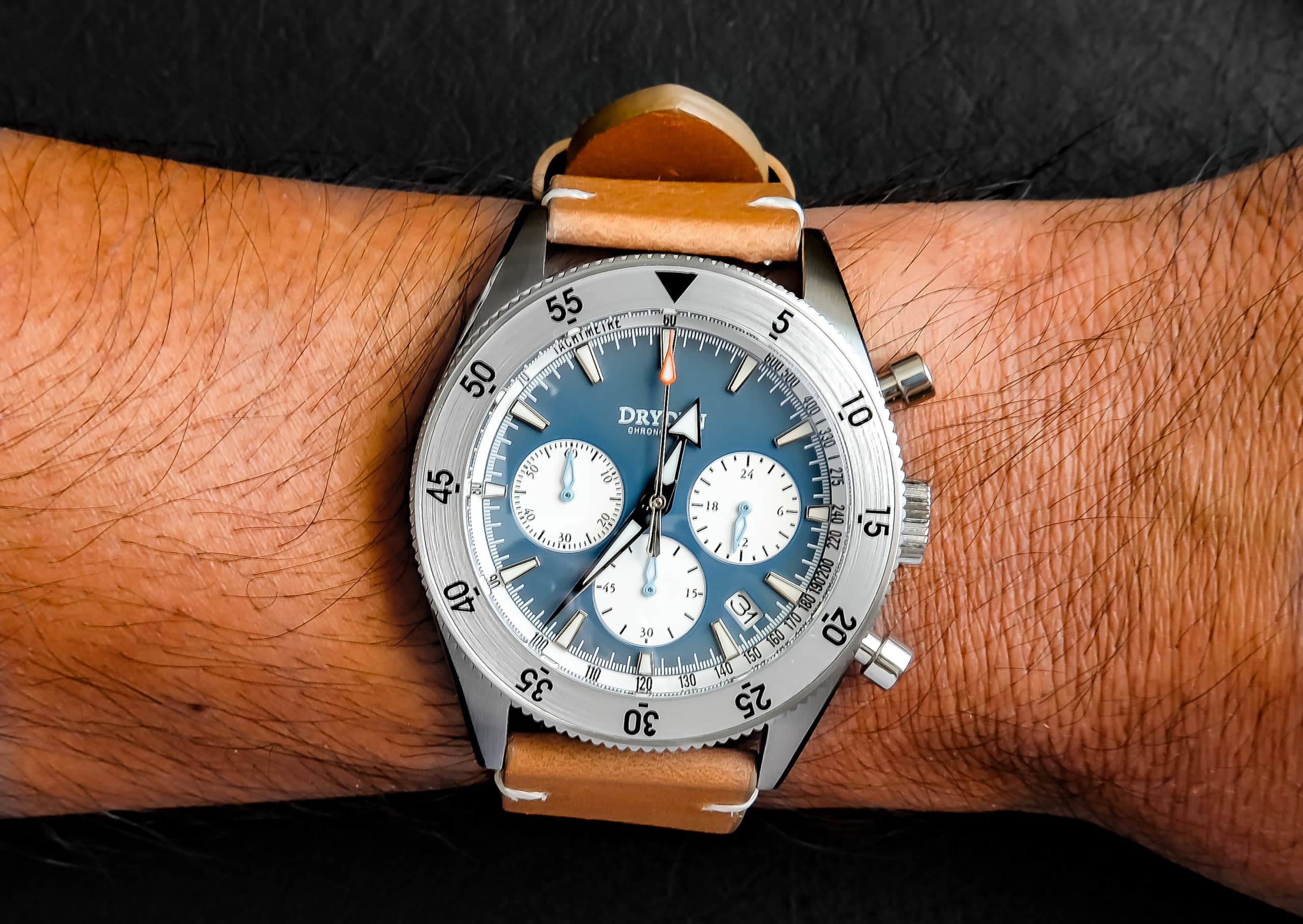
We’ve spent hands-on time with multiple Dryden watches over the years, and the Kansas City-based brand continues to stand out for offering enthusiast-driven builds with real-world wearability. Founded by photographer and watch enthusiast Jerry, Dryden has steadily carved out a niche in the microbrand space with small-batch production, in-house assembly, and approachable designs that blend vintage cues with practical specs. To date we’ve conducted hands-on reviews of both the brand’s flagship models: the Heartlander Automatic Field Watch and Chrono Diver.
The Heartlander pairs a refined 39mm case (47mm lug-to-lug, 12mm thick) with a reliable Miyota 9015 movement and 100m of water resistance. We found it wore flat and comfortably across a range of wrist sizes during testing. The Chrono Diver steps up to 42mm, featuring a meca-quartz Seiko VK63 and crisp-feeling pushers. The sunburst dial pops in bright light, though the polished hands can sometimes get lost at certain angles. Compared to earlier batches we tested, Dryden has improved both case finishing and strap quality, clearly displaying the ability to improve their quality control and crafting processes over time. While the Chrono Diver’s larger size may not suit smaller wrists, both models offer strong value and signal a brand that’s evolving with its audience. Dryden’s Kansas-based operation brings Heartland craftsmanship to the table, offering dependable, enthusiast-designed watches that balance small-batch charm with real-world functionality.
Pros:
- Rugged design with refined aesthetics
- Reliable movements (Miyota 9015 and Seiko VK63)
- In-house USA assembly ensures quality control.
Cons:
- Limited colorway availability due to small-batch production
- Larger cases aren’t designed and countered enough to sit very well on smaller wrists

Co-Founder and Senior Editor
Kaz has been collecting watches since 2015, but he’s been fascinated by product design, the Collector’s psychology, and brand marketing his whole life. While sharing the same strong fondness for all things horologically-affordable as Mike (his TBWS partner in crime), Kaz’s collection niche is also focused on vintage Soviet watches as well as watches that feature a unique, but well-designed quirk or visual hook.
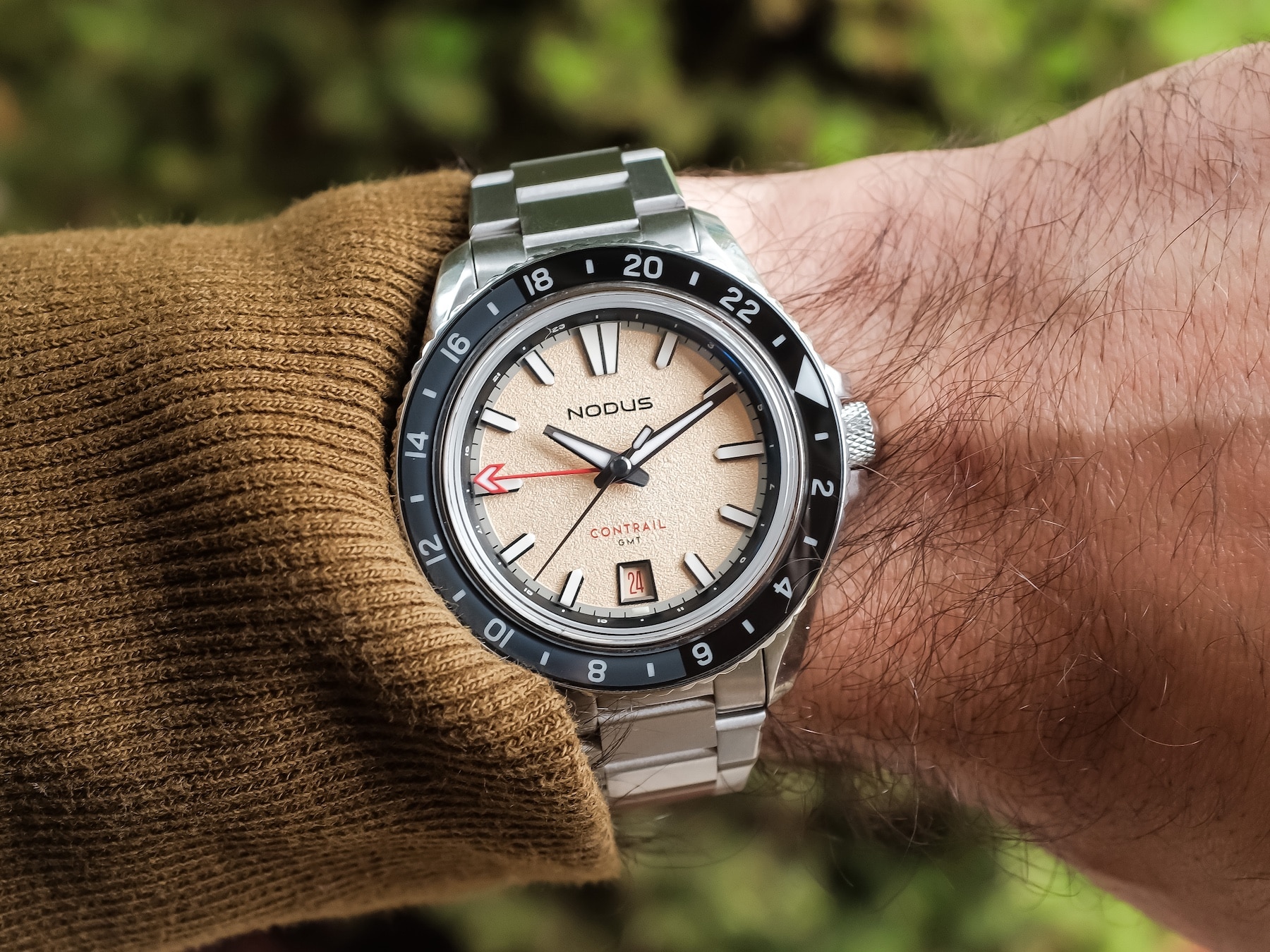
Vaer is more a marketing scheme rather than a true watch brand. It doesn’t offer or carry replacement parts, so when your watch needs servicing, which it will, and replacement parts, such as a replacement crown and/or tube, for example, you’re out of luck and your watch is out of spec, including WR rating.
Hey thanks for writing in.
While I can understand some of the marketing criticisms Vaer faces, I think the idea of a “true watch brand” is pretty subjective. Vaer may not have the heritage that some other brands enjoy, but I like that they’re at least trying to spark a conversation about American watchmaking.
I’m still learning about them but from what I can tell, they still use widely available movements that should be serviceable pretty much everywhere. As far as parts replacements go – I’ve never been through that process with them so I can’t comment on that.
At the very least I can appreciate that Vaer gives newcomers an affordable entry into the hobby with a pretty substantial catalog of styles. I think that’s important now, especially with brands like Seiko moving upmarket. Even if they’re not perfect, they’re bringing new people into the hobby while standing as an American brand – and I think that’s worth something.
Where does Shinola fall in your evaluations?
Hey Shawn! We actually haven’t had the chance to review one yet but I have to say – some of their recent models look pretty attractive and I’m curious. That field-watch-looking model Ben Affleck wears in The Accountant looks pretty rad. If we get a chance to test one out and it’s solid, we’ll be sure to get our thoughts down and add it to this article. Do you have any experience with them?
Really disappointed to not see RGM from Pennsylvania mentioned here. They have some really great pieces. Still a good read.
Hey, Bill:
Totally understand where you’re coming from here. Our list here though is only comprised of brands that we’ve reviewed hands-on. At this time we haven’t had the opportunity to actually review a piece from RGM. However I’ll reach out to the team over there to see if we can organize an opportunity to test their watches. If all goes well in that testing and the watches measure up to our standards, then we can absolutely include them in an upcoming update of this piece.
Thank you!
-Kaz
I own a Vaer field watch. My experience with Vaer has been a very positive one, so far. I was considering a Timex field watch as an option. But the Vaer combination of build quality, specs and US assembly at a very reasonable price point won me over. Don’t lump Vaer into the “poser fashion watch” category simply because of their aggressive social media marketing campaign.
Eric:
Well said! There are so many good points going for Vaer and it’s been really wonderful to see how Ryan and the team over there have worked to build the brand up over the years.
Best,
-Kaz
Great list — thanks for compiling it. If you get a chance, you won’t regret taking a closer look at Raven (ravenwatches.com). You actually mentioned one of their collabs within your Nodus write-up: the TrailTrekker.
I appreciate their timeless design aesthetic: it’s a nod to the rugged timepieces of the past, but without all the trying so hard that you see today. They’re just beautiful watches made to take you where you want to go.
Matt:
Raven is awesome – Steve is an old friend of the podcast. We actually didn’t include Raven on this list because we haven’t reviewed one of the brand’s timepieces on the site in a long time (not counting the TrailTrekker collab obviously lol). But this is honestly a wonderful reminder for me to reach out to Steve over there and see if we can arrange to have a watch shared with us for review. This new iteration of the Trekker they’ve got on the site looks like a lot of fun (and we have experience with the previous Trekker model).
Thank you for the comment!
-Kaz
Hi guys. Great post. I would like to give a nod to Tim Hermes and Charlie Krauss over at Monterey Watch Co in NC. My experience as a customer has been a real pleasure and the quality / price point exceptional. When you have time, give Tim a shout as he is always ready to talk watches and maybe you will discover a USA-based brand to add to your list.
Keep.
Dave
Hey, Dave:
Oh cool – thank you for the callout. Monterey Watch Co. wasn’t originally on our radar. But we’ll check them out and see if we can get a watch from them to review.
Best,
-Kaz
Great list. I’d add lorier for anyone interested in a watch from a US company. Supply is very limited though.
Hey, Nathaniel:
Oh yea Lorier is a lot of fun. We didn’t initially include them on this list because frankly we haven’t reviewed one of their pieces in a while. We were only comfortable including watch brands on this list that we’ve been able to spend hands-on time with recently. But this is a great reminder to reach out to the Lorier crew and see if we can get a watch in for review.
Thank you,
-Kaz
How is Bulova not on your list? The heritage, and reputation alone should put them in your top five. Picking microbrands over this company that has a long history just seems like you’re jumping the gun a little.
Hi, Paul:
Excellent call out! We’re working on an update for Sept that includes Bulova and Monta. We’ve reviewed several models over the years and Bulova is certainly a favorite amongst our review team.
Thank you,
-Kaz
Timex has a number of new automatics, like their Marlin series, which are quite handsome. Please review their new dive watch, as it looks very nice. Bulova has a wide range of watches, and I still have a Marine Star from 20 years ago that is as stylish and functional as any dive watch today. Yes, it’s a quartz, but they now have many automatic options, of which I have several. Given the tariffs, exploring more American made or based brands would be cool. Please include Long Island Watch. Mark’s Islander line is excellent. Also, please review Colorado Watch (which is attempting to make a 100% American made watch) and Dufrane Watches in Austin. I am partial to Oris watches and have 7. But I own several Bulova watches as well. Plus other international microbrands (Venezeica, Baltic, Christopher Ward, Mr. Jones Watch Company). And of course Orient. Great dive watches like the Kamasu and the Bambino, both of which I have. But I would like to try a few American micro brands, and will start with the onese you list her. Thanks for the reviews above.
Hi, Jeffery:
Thanks for writing in. It really is fascinating to see what Timex is doing within the Marlin series, especially considering how humbly the design/collection started. Funny you mention Bulova, we’re going to be including them on a soon to be coming update on this piece – we’ve always enjoyed reviewing Bulova pieces and given the brand’s history in America, it makes sense to include them.
We have some experience with Islander watches as well as Dufrane, but I have them both on my list now to reach out to in order to see if we can get some watches in temporarily for testing. I just looked into Colorado Watch – this is fascinating. I’m interested to see how their initiative to create a 100% American Watch progresses.
Glad you enjoyed the article – thank you!
-Kaz